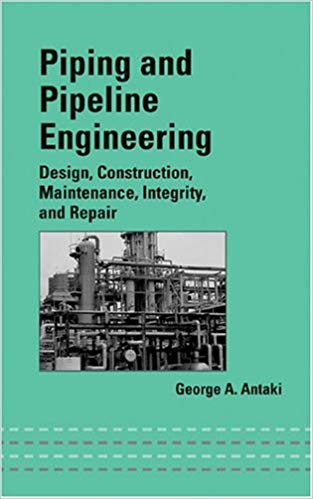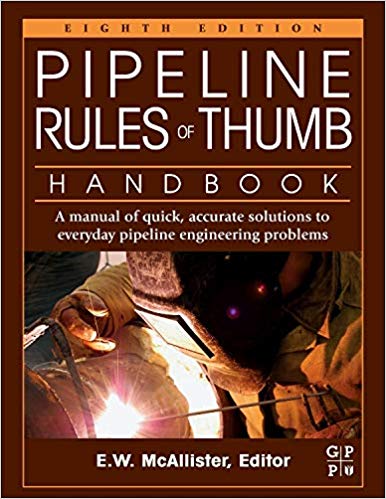We are pleased to announce the publication of the 46th edition of Specification 5L, Line Pipe. This new edition provides technical updates that have reached consensus within API’s Subcommittee on Tubular Goods and will now give industry consistent practices in these respective areas of the standard. These updates are reflective of API’s standards program mission to provide a forum for development of consensus-based industry standards, and technical cooperation to improve the industry’s safety performance and competitiveness.
Key Changes
- Updated and expanded requirements for mill jointers (differentiate between double-jointers and mill jointers; avoid welding consumables environmental contamination; require qualification standards; new process testing requirements; clarify offset and undercut requirements; standardize marking requirements; reference weld repair annex);
- Updated requirements for pipe end squareness;
- Updated requirements for hardness testing on PSL 2 pipe for sour service and PSL 2 pipe for offshore service;
- New annex for strain-based design requirements (PSL 2 pipe for applications requiring longitudinal plastic strain capacity)
Effective Date and Program Implications
The Monogram Program effective date will be November 1, 2018.
Current licensees shall ensure that products manufactured on and after November 1st, 2018 meet the requirements of API 5L 46thedition in order to be monogrammed.
Also, effective November 1st, 2018, API 5L audits will be conducted to the 46th edition of the document.
5:23:00 PM | 0
comments
























